Get in touch!
We are ready to help you with any questions regarding our products. Feel free to call us, drop us an email or use the contact form.
Call: (+47) 51 41 57 70
Email: mail(a)perigon.no
Feel free to reach out to us directly for any inquiries

TOUCH
Kristian Harestad
Technical Manager
Trusted by companies worldwide
Showcasing the widespread use and impact of our Cement Support Tool.


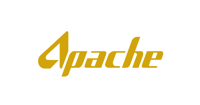



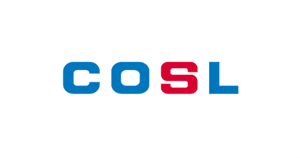
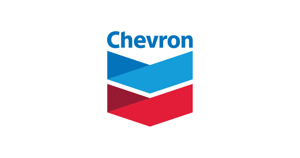
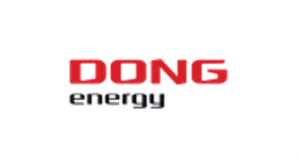

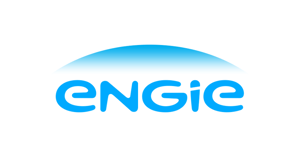

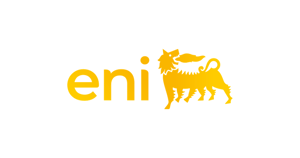


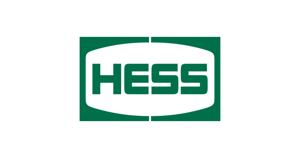
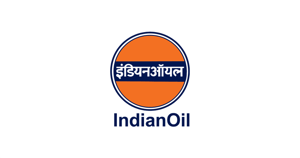


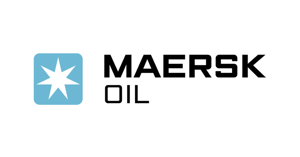
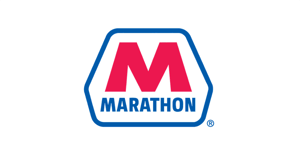
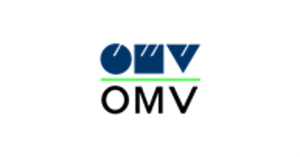





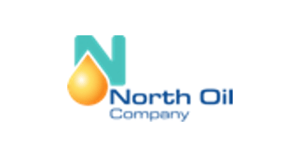
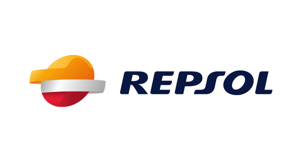

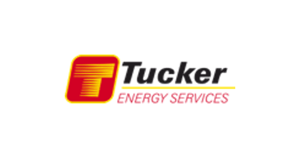
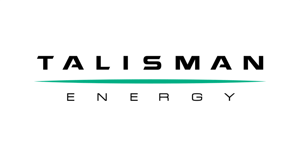


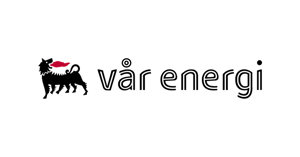

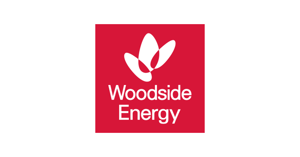
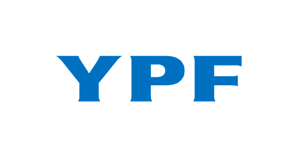
FAQ for the Cement Support Tool
Curious about the questions we hear most often?
Here are some of the common questions that frequently come up. Want more detailed information or have different questions altogether? Reach out to us—we're here to help you.
In what ways can the CST be installed in a well?
The most common way to install the CST is to pump it through the drill pipe work string before the cement is pumped downhole.
That being said, it can also be pre-installed in a pipe and run into the well in front of a coil tubing.
Can the CST be used in cased hole applications?
Yes, the CST can be used in both cased hole and open hole applications.
Can the CST be used if there are washouts or uneven hole geometry?
Yes, the CST is designed to fill uneven wellbores provided the maximum wellbore diameter is smaller than the maximum hole/casing diameter for the specific CST.
Can the CST be tagged after it is deployed in the well?
The CST is not designed to anchor, and tagging it might move the CST, or in worse case damage it. Hence, we do not recommend to tag the CST.
How much cement can the CST support?
As the CST simply separates the cement above and the well fluid below, it can support unlimited volumes of cement.
How much differential pressure can the CST withstand?
The CST does not hold differential pressure as it is designed to act as a floating piston and simply separate the cement above and the well fluid below it. The CST will therefore move slightly and find equilibrium state prior to hardening of the cement.
Can the CST be used in highly deviated and horizontal applications?
Yes, the CST is not restricted by the deviation of the wellbore. When a cement plug is set in horizontal wells it is important to ensure the cement stay in place also in the top end of the cement plug. A second CST can be used for such application.
Is the CST drillable?
The CST is fully drillable. Clients often report back that they didn’t even notice the CST when they drilled out the cement plug.
Can the CST be used in fluid loss applications?
Yes, the CST can be set below the loss zone to help divert the loss material into the loss zone.
What is the lead time for CST supply?
We normally have the CSTs ready on the shelf and since it can be airfreighted it can be expressed delivered to most location within a week.
What material is the CST made out of?
The CST is mainly made out of aluminium, composite and canvas, with a few ounces of mild steel.
What is the shelf life for the CST?
When the CST is stored in a dry environment inside the original shipping packaging, the shelf life is set to 5 years. After 5 years, we recommend to dispose the CST or send it back to Perigon for refurbishment.
How is the success rate calculated?
Our definition is that when the cement plug is placed at desired depth and the plug’s objective is met, the cement plug is considered as success and thereby the CST has assisted in this success. The CST success rate is 97%.

